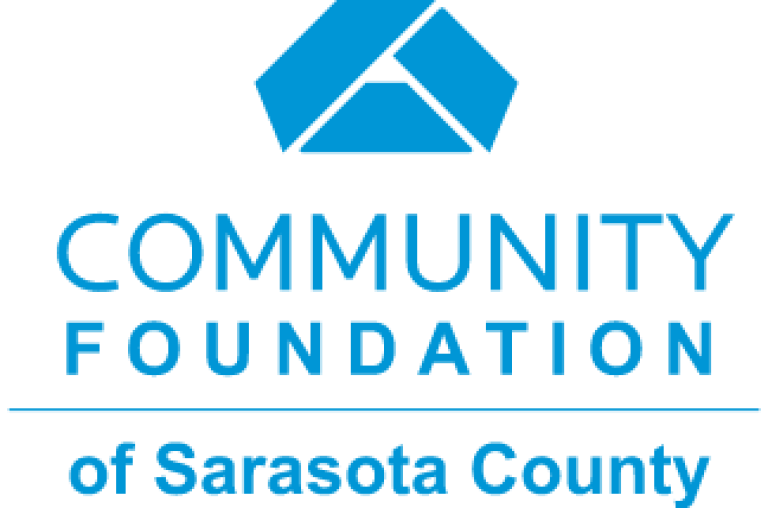February 8, 2024
A New Historical Marker Will Memorialize Victims of Lynching and Racial Terror in Sarasota
Categories: Stories of Impact, BELONGING AND CULTURE: Uniting Community,
In the first half of the 20th century, at least seven African Americans were lynched in the Sarasota area. The names of the victims—the ones we know about—were Henry Thomas, Sam Ellis, Wade Ellis, William English, James Franklin and Lewis Jackson, and a seventh victim had the last name Ruddy, first name unknown. The names are among those of thousands of victims of lynchings that took place between the end of the Civil War and 1950, many of whom are memorialized by the Equal Justice Initiative at its National Memorial for Peace and Justice in Montgomery, Alabama.
Later this month, local victims will also be memorialized here, with a historical marker that will be erected outside the Unitarian Universalist Church of Sarasota.
“The people who move here or live here probably don’t even realize that there have been lynchings that took place in the Sarasota and Manatee area,” says Caryl Sheffield, one of the leaders of The Sarasota & Manatee Community Remembrance Project, which is spearheading the effort to install the marker. Commonly referred to as Manasota Remembers, the project is the result of a partnership between the Boxser Diversity Initiative, Newtown Alive, the Sarasota African American Cultural Coalition, Manasota ASALH, the Community Foundation of Sarasota County and the Equal Justice Initiative.
Sheffield’s grandfather, Caesar Sheffield, was lynched in 1915 in Lake Park, Georgia, a killing she only learned about in detail as an adult, largely because of her own research. She says that exposing people to the history of lynchings is particularly important during a time when “real history is not being taught—when the history of African Americans in this country, especially in Florida, is getting whitewashed.”
“I think it’s important for the general public to know that slavery may have technically stopped in the 1860s, but these racial terror lynchings went on, and African Americans feared for their lives, just for living,” she says. “In my grandfather’s case, he was lynched because he was accused of stealing meat from a smokehouse. He could have been accused of whistling at a white woman—it didn’t even matter what he was accused of. It was just an excuse to take this man and put him in jail and then take him out of the jail and kill him.”
According to research compiled by the Equal Justice Initiative, none of the perpetrators of the lynchings in the Sarasota area were ever held accountable for their crimes. Local, state and federal authorities typically tolerated the violence or even outright supported it. The Equal Justice Initiative has documented nearly 6,500 lynchings in the U.S., but estimates that thousands of unknown killings likely took place, too. Sheffield says that she and others in this area have not been able to identify any relatives or descendants of the Sarasota victims.
“When a lynching happens, it traumatizes and terrorizes the community and, in particular, the family,” she says. “The first response of many families is, ‘We’re going to scatter. We’re going to get the hell out of here.’ It’s such a traumatizing event that people just leave. They go somewhere where they think they’re going to be safe.”
The Unitarian Universalist Church stepped up to host the marker after original plans to place it in Sarasota’s historically Black Newtown neighborhood were scrapped. ”We got pushback from a lot of Newtown residents,” says Dan Boxser, a cofounder of the Boxser Diversity Initiative and a Manasota Remembers leader. “They were basically saying, ‘Why are you putting a monument in a Black area when you really need to educate the white people about what happened?’ And they were right.”
Both Sheffield and Boxser were inspired to bring the marker to Sarasota after separate trips to the National Memorial for Peace and Justice, where the names of lynching victims are engraved on more than 800 steel bars, one for each U.S. county where a lynching has been documented. Sheffield saw her grandfather’s name inscribed there.
“There were a lot emotions,” says Sheffield. “One of them was pride, in that the Equal Justice Initiative was bringing together all of this information, all the stories of the victims of racial terror lynching. They were not forgotten, and they will never be forgotten. It was also very emotional, very sad that this is the kind of thing that happened in this country. And so many people want to say, ‘Oh no, it’s not that bad. It didn’t happen. It’s not real.’ There was a sadness about it. But the acknowledgement that my grandfather and all these other people are not going to be forgotten was a great feeling.”
While Manasota Remembers has not been able to identify any relatives or descendants of the local victims, organizers hope that someone might come forward. “One of my hopes is that somebody will recognize a name on the marker, hopefully from the publicity that we get or word of mouth, and say, ‘That story has been in my family for years,’” says Sheffield. “That’s what my hope is—that somebody will recognize themselves or their family in this effort.”
An unveiling and dedication ceremony for the marker will take place at the Unitarian Universalist Church of Sarasota, 3975 Fruitville Road, Sarasota, at 11 a.m. on Saturday, Feb. 24. Registrations for the event have been closed, but you can register to view a livestream of the ceremony. Find more details here.
